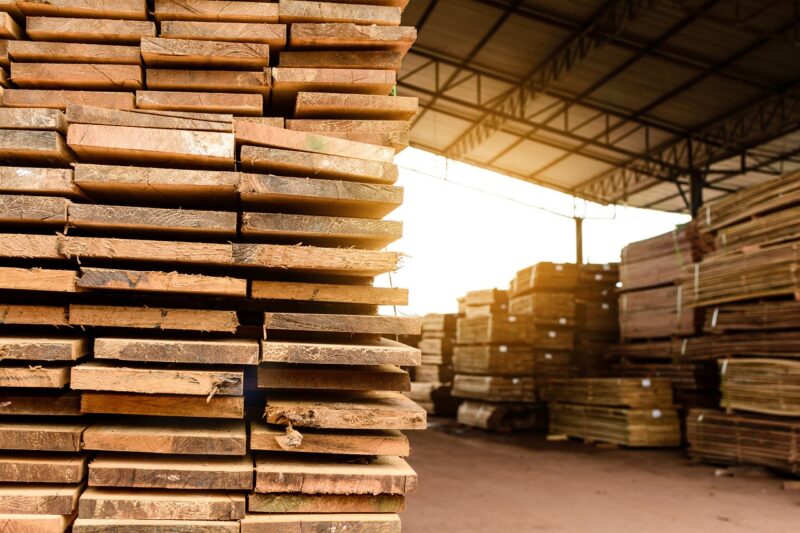Published: 20/12/23 By: Mike Bekin
Timber is a key building material in the construction industry and one which brings a sustainable bonus to every project. But if you are new to working with timber, you might be wondering how to store it before the work begins. Whether it is pre-treated or not, correct storage is vital if you want to keep your wood looking its best for your build. That is why the EcoChoice team has put together our best tips to help you keep your timber dry, safe and free from damage. Let’s jump in!
Find the Right Storage Area
The first step to proper timber storage is designating an appropriate area. Your space should be completely dry and sheltered from rain to keep your timber safe from moisture damage. If your timber is not kept dry, it becomes more susceptible to rot, warping and general degradation.
You also need to consider ventilation. Good air flow prevents the buildup of moisture and condensation, reducing the risk of mould and mildew.
It is important to remember that most timber species do not do well in constant contact with the ground. Wherever possible, store your wood on elevated racks or pallets which will reduce the chances of both rot and insect infestation.
Stack Your Timber Properly
Did you know that there is a right way to stack your timber? How you place your boards in your sheltered space can have a big impact on whether or not it is damaged, so it is always best to follow expert advice.
Our team recommends horizontal stacking, placing the longest pieces on the bottom and shorter pieces on top. This prevents bending or warping caused by overhanging timber. It is also wise to use spacers between your layers to improve circulation, which can either be strips of timber or plastic sheeting.
Protect Against Moisture
Moisture is timber’s arch-nemesis, and taking steps to protect against it is crucial. Start by using weather-resistant covers or tarps to shield the timber from rain and snow, ensuring this does not hinder ventilation. This is not as essential if you are certain your storage area is completely sheltered but can still protect from external damage.
For shelters which are not completely weatherproof, check your timber after rain or snow and remove any wet wood or water which has accumulated in the area, even if it is not touching the wood.
In humid areas, you might want to add a dehumidifier to keep your timber safe from rot. This is particularly important if it is a less durable wood which has not yet been treated.
Check for Insects and Pests
Timber can be a target for insects and pests. Protect your timber from unwanted visitors by routinely inspecting for signs of insect infestation, and taking immediate action if you notice any issues. If you have had problems in the past, it is a good idea to coat your timber with insect-resistant coatings or chemicals. If you are not sure which treatment to use, feel free to get in touch with our team and we will be more than happy to help.
Find Timber at EcoChoice
If you are on the hunt for timber for your next construction project, we can help. At EcoChoice, we stock a wide range of FSC-certified timber sourced from responsibly managed forests, as well as pre-treated woods which are free from harmful chemicals. To learn more, start browsing our products today.
Image: Foryoui3 / Shutterstock.com
